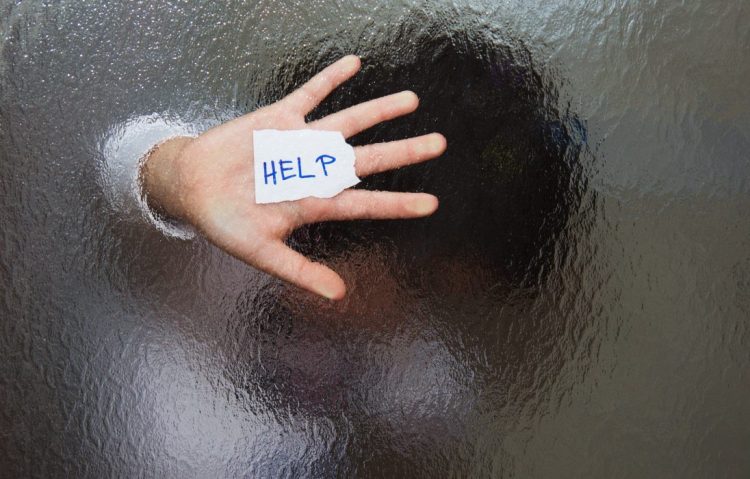During a week like this, we should remember that most times a woman is abused by a man, we don’t hear about it.
Sometimes, by the time we hear about it, it’s too late.
That was the case with 37-year-old Niomi Mello, who police say was killed by her longtime boyfriend in a murder-suicide last weekend in Richmond, and with Emily Todd, a 25-year-old Chebeague Island native who police say was shot by a man she briefly dated, then couldn’t get away from.
It was also too late for 41-year-old Ann Cordeiro, who was found dead last week at her home in the western Maine town of Hartford. Her longtime boyfriend has been charged with her murder.
And who knows how it would have ended Sunday in Farmington, when police intervened as a man rammed his van several times into his ex-girlfriend’s SUV, even chasing her around a parking lot as police tried to stop him.
Same in Wiscasset, where a man was arrested after a standoff that police say began when he strangled his girlfriend and threatened her with a knife, and in Windham, where a man led police on a high-speed chase after threatening a woman he knew.
And that’s just one week of Maine news, and only the stories that bubbled up into the public sphere. We know that there are many more.
Every minute, an estimated 20 people – mostly women – experience intimate partner physical violence in the United States. About 1 in 4 women experiences domestic violence sometime in her lifetime. Domestic abuse makes up 15 percent of all violent crime, and takes 1 in 3 female murder victims.
Police are notified in only a little more than half of domestic violence victimizations, according to the Bureau of Justice Statistics, most often because the survivor wants to protect the offender or fears his reprisal. Even when police are notified, offenders are not always charged.
The statistics speak to the scope of the problem, but they don’t show the personal toll of domestic violence – the reason that we need to do more to put an end to it.
Mello leaves an 11-year-old son, who found her body, and a 16-year-old daughter. Cordeiro leaves two young children. Todd will never have the chance to live the life she wanted.
Together, the cases of the last week or so, too, show the ugly trajectory of abuse. The obsession, the threats and the intimidation. The strangling, something that almost solely occurs in incidences of intimate partner abuse. The frustration at the inability to control. And ultimately, horrifically, the anger and sense of powerlessness that erupt into violence.
Stopping that path early, or even before it starts, isn’t easy. It’s about helping to make survivors comfortable and knowledgeable enough to come forward. It requires identifying abusers early and connecting them to resources for rehabilitation. It’s about watching closely for signs of abuse in the people around you, and knowing what to do. It’s about good policing, offender monitoring and access to guns.
And, perhaps most importantly, it’s about teaching boys that masculinity isn’t about power and control, and that acting out of jealousy, insecurity and disappointment is wrong and weak, not a sign of manhood.
Raising good men is the answer to reducing domestic violence, and the record shows we are falling short.
Send questions/comments to the editors.



Comments are no longer available on this story